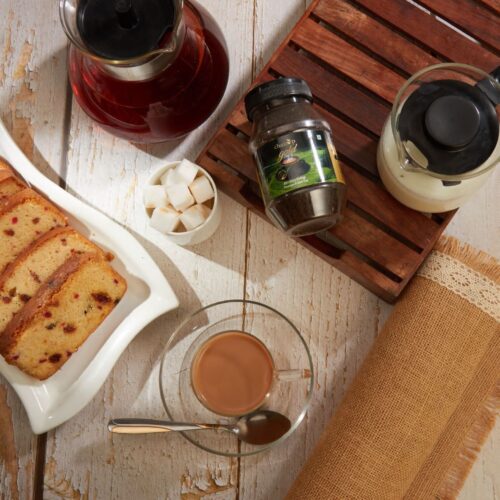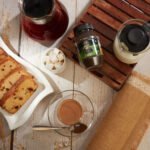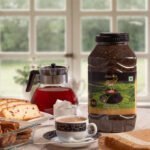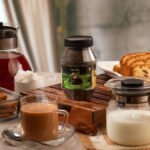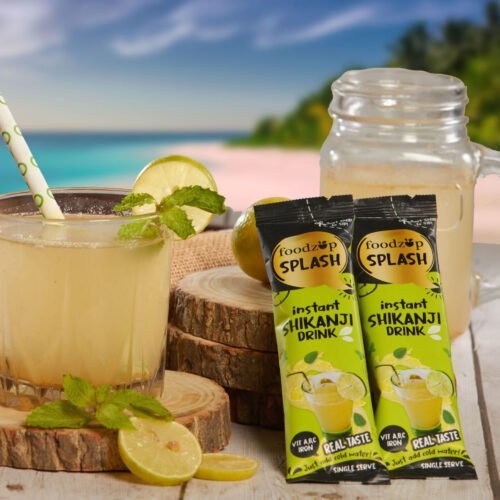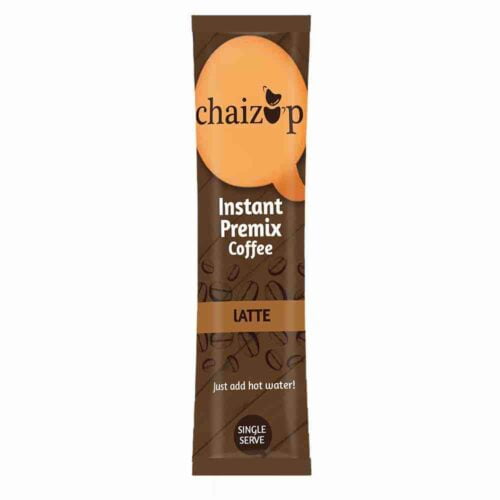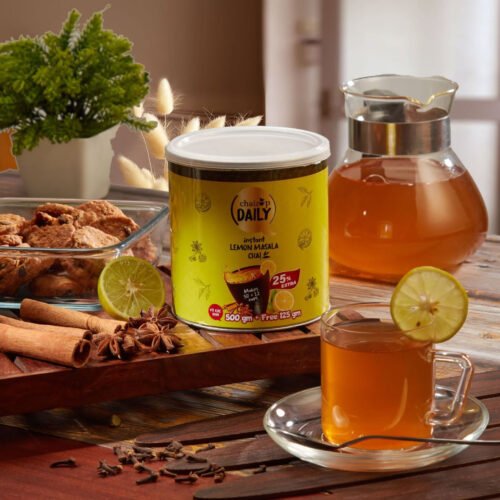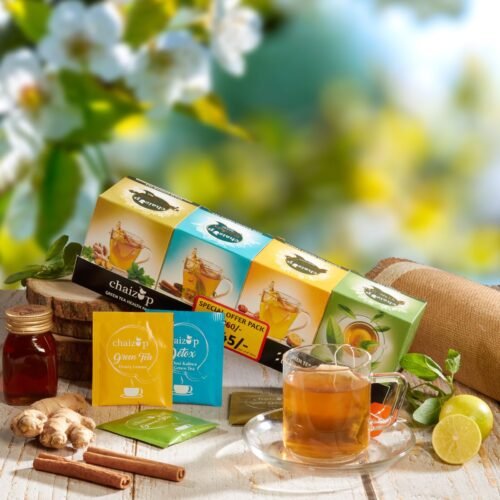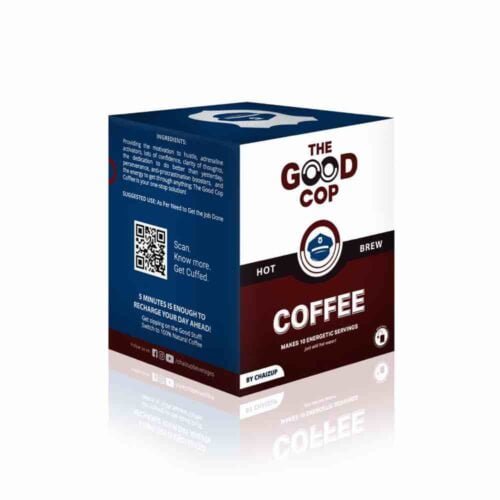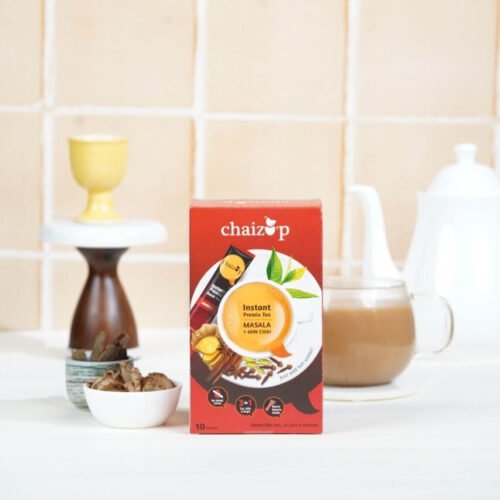Company details
Assam and Nilgiri black teas are two of the most esteemed varieties in the world of premium teas, each offering distinct flavor profiles and unique characteristics that cater to both avid tea connoisseurs and casual drinkers alike. Originating from the northeastern region of India, Assam black tea is renowned for its robust, malty flavor and deep amber hue. The region’s tropical climate, coupled with rich, loamy soil, provides ideal growing conditions that enhance the tea’s boldness and strength.
Nilgiri black tea, on the other hand, hails from the picturesque Nilgiri Hills in southern India. Known for its smooth, fragrant notes and bright liquor, Nilgiri tea offers a lighter, more floral alternative to Assam’s intensity. The high altitudes and temperate climate of the Nilgiri region contribute significantly to the tea’s unique flavor, allowing the leaves to develop a subtle sweetness and brisk finish.
Both Assam and Nilgiri black teas undergo meticulous processing methods that further enhance their quality. Assam tea leaves are often subjected to the orthodox method, which involves hand-rolling and careful oxidation to preserve the tea’s natural oils and flavors. This process results in a rich, full-bodied tea with a pronounced malty taste that is perfect for a strong, invigorating cup.
In contrast, Nilgiri black tea is processed using a combination of orthodox and CTC (Crush, Tear, Curl) methods. The CTC technique breaks down the leaves into small granules, which helps to release the tea’s aromatic compounds more effectively. This processing approach yields a bright, brisk tea with a delightful balance of floral and fruity notes, making it an excellent choice for those who prefer a more delicate and refreshing brew.
The exceptional quality of Assam and Nilgiri black teas stems from not only their optimal growing conditions but also the careful craftsmanship involved in their production. These premium teas have earned their place in the pantheon of great black teas, offering distinct and memorable experiences for tea enthusiasts around the globe.
Diverse Blends of Assam and Nilgiri Tea
Assam and Nilgiri black teas, two of India’s most celebrated varieties, offer a rich tapestry of flavors that cater to diverse palates. When blended, these teas can create an array of unique and satisfying beverages. Delving into their diverse blends, one can appreciate the depth and complexity each variety brings to the table.
Traditional blends often highlight the robust character of Assam tea. Known for its full-bodied flavor and malty notes, Assam tea is frequently paired with spices and herbs in classic chai blends. The strong profile of Assam tea makes it an excellent base for these spiced teas, which can include ingredients like cardamom, cinnamon, and ginger. This combination is not only invigorating but also offers a comforting warmth, perfect for those seeking a hearty cup.
Nilgiri tea, on the other hand, is prized for its fragrant aroma and smooth, brisk taste. This tea is typically lighter than Assam, making it a versatile partner in both traditional and contemporary blends. One popular traditional blend is the English Breakfast tea, which often combines Assam and Nilgiri teas to balance the strength of Assam with the subtlety of Nilgiri. The result is a harmonious brew that is both robust and refreshing.
Innovative blends are also gaining popularity, showcasing the adaptability of Assam and Nilgiri teas. For example, a modern twist could involve blending Assam tea with citrus peels and a hint of vanilla, creating a vibrant and aromatic cup. Alternatively, Nilgiri tea can be paired with floral elements like rose petals or lavender, producing a delicate and soothing blend that is perfect for afternoon tea.
These examples illustrate the wide range of possibilities when blending Assam and Nilgiri teas. Whether sticking to traditional recipes or experimenting with new combinations, these premium teas provide a versatile foundation for creating blends that suit any preference. The rich, malty notes of Assam and the brisk, aromatic qualities of Nilgiri offer endless opportunities for tea enthusiasts to explore and enjoy.
Custom Blending: Create Your Perfect Tea
Creating your own custom tea blend with premium Assam and Nilgiri black teas can be an enriching experience, allowing you to tailor the flavor profile to your unique tastes. To start, it is essential to understand the characteristics of these two distinct teas. Assam tea is known for its robust, malty flavor and deep amber color, while Nilgiri tea offers a smoother, more floral taste with a bright, brisk finish. Blending these teas involves balancing their strengths and aromas to achieve a harmonious cup.
When selecting complementary flavors, consider ingredients that enhance the natural qualities of Assam and Nilgiri teas. For example, spices like cardamom, cinnamon, and cloves can add a warm, aromatic depth to the blend. Citrus peels or dried fruits such as orange, lemon, and berries can introduce a refreshing zest. Herbs like mint and basil can provide a cooling contrast, while floral elements like rose petals or lavender offer a delicate, fragrant touch.
Balancing strength and aroma is key. Start by experimenting with different proportions of Assam and Nilgiri teas. A 1:1 ratio is a good starting point, but feel free to adjust based on your preference for a stronger maltiness or a lighter, more floral cup. Once you have your base blend, gradually incorporate your chosen complementary flavors. Keep in mind that less is often more when it comes to adding additional ingredients. Aim for a subtle enhancement rather than overwhelming the primary tea flavors.
Customizing tea blends allows for versatility, making them suitable for various occasions or personal preferences. For a morning boost, a stronger Assam-heavy blend might be ideal, while a lighter, floral Nilgiri blend could be perfect for an afternoon tea session. You can also create seasonal blends, such as a spiced Assam-Nilgiri mix for winter or a citrus-infused version for summer.
To blend at home, follow these steps: Measure out your desired proportions of Assam and Nilgiri teas. Mix them thoroughly in a clean, dry container. Add small amounts of your chosen complementary ingredients, mixing well after each addition. Store your custom blend in an airtight container away from light and moisture to preserve its freshness. Enjoy your personalized tea creation, and don’t hesitate to adjust the blend as you refine your preferences over time.
Matching Household Brands: Tata Tea, Wagh Bakri, and More
Replicating the exact blends of popular household tea brands such as Tata Tea and Wagh Bakri using premium Assam and Nilgiri teas involves a meticulous process. This ensures that tea enthusiasts can enjoy their favorite flavors while benefiting from high-quality ingredients. The journey begins with a detailed analysis of the flavor profiles and characteristics of the chosen household brands.
To start, it’s essential to understand the flavor notes and strength of Tata Tea and Wagh Bakri. Tata Tea is renowned for its robust and full-bodied flavors, often characterized by a strong, brisk taste. Wagh Bakri, on the other hand, is celebrated for its balanced profile, combining strength with a rich, aromatic experience. By identifying these key attributes, one can begin to source premium Assam and Nilgiri teas that mirror these qualities.
Premium Assam tea, known for its malty and bright characteristics, serves as an excellent base for replicating the robust notes of Tata Tea. For the balanced and aromatic essence of Wagh Bakri, a blend of Assam and Nilgiri teas can be crafted. Nilgiri tea, with its fragrant and fruity undertones, complements Assam perfectly, creating a harmonious blend that replicates the desired flavor profile.
Blending these teas requires a calibrated approach. Start by blending small, measured quantities of Assam and Nilgiri teas, gradually adjusting the proportions until the flavor matches the target brand. This trial-and-error method ensures precision and allows for customization based on personal preference.
Numerous tea connoisseurs have successfully replicated their favorite household blends using this technique. For instance, a dedicated tea enthusiast from Mumbai shared how he matched his beloved Tata Tea blend using a 70:30 ratio of Assam to Nilgiri tea, achieving the perfect balance of strength and aroma.
By understanding the core characteristics of household brands and experimenting with premium Assam and Nilgiri teas, one can recreate beloved tea experiences with enhanced quality. This not only ensures satisfaction but also introduces a new level of refinement to everyday tea consumption.

